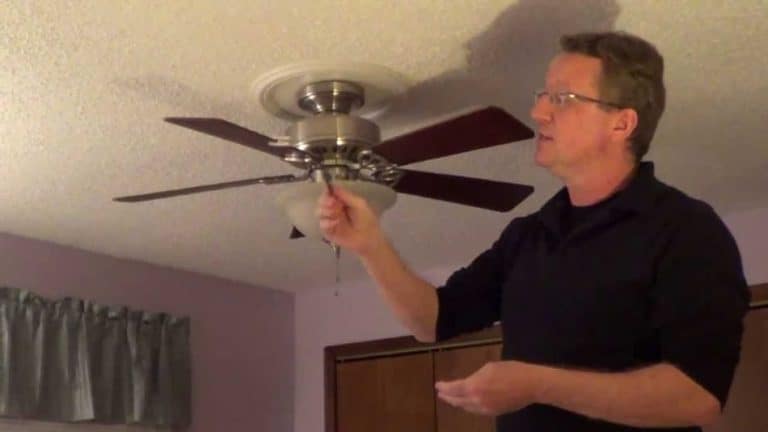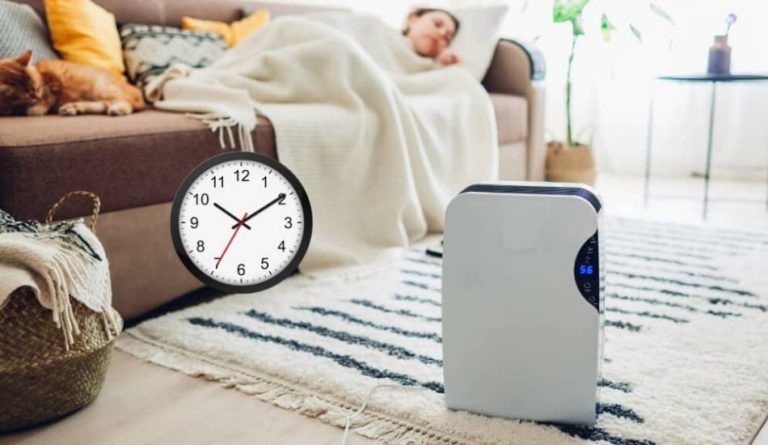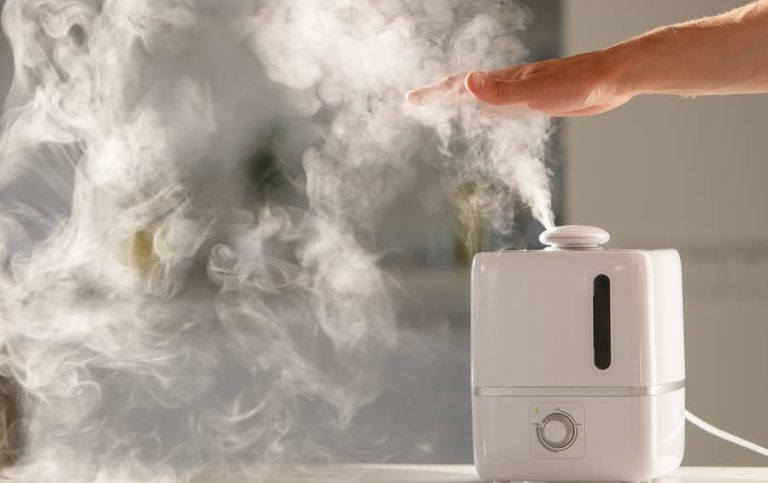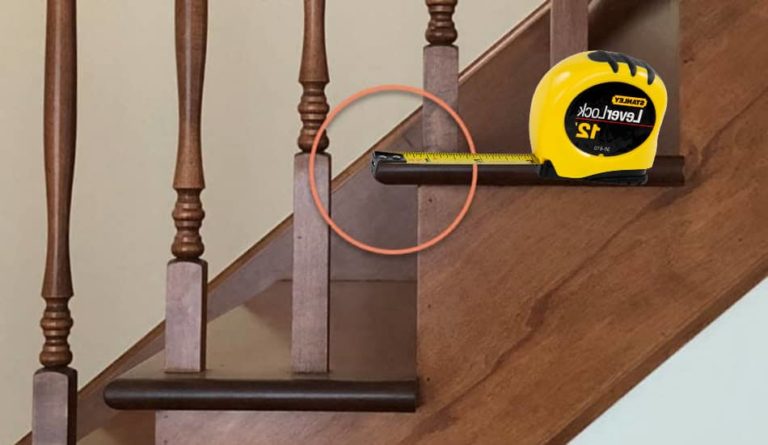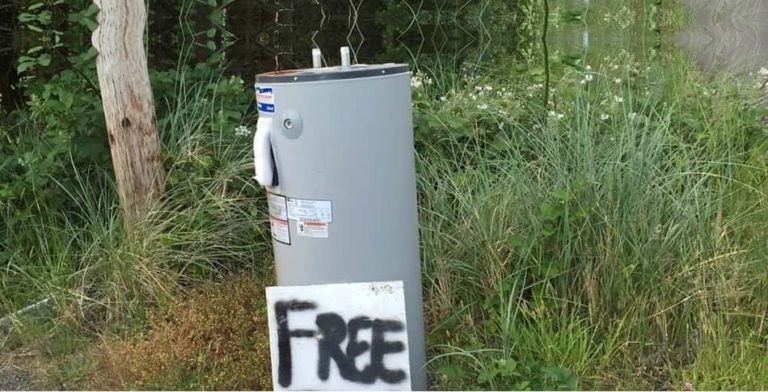How To Kill Mold With Temperature (Heat & Cold Treatment)
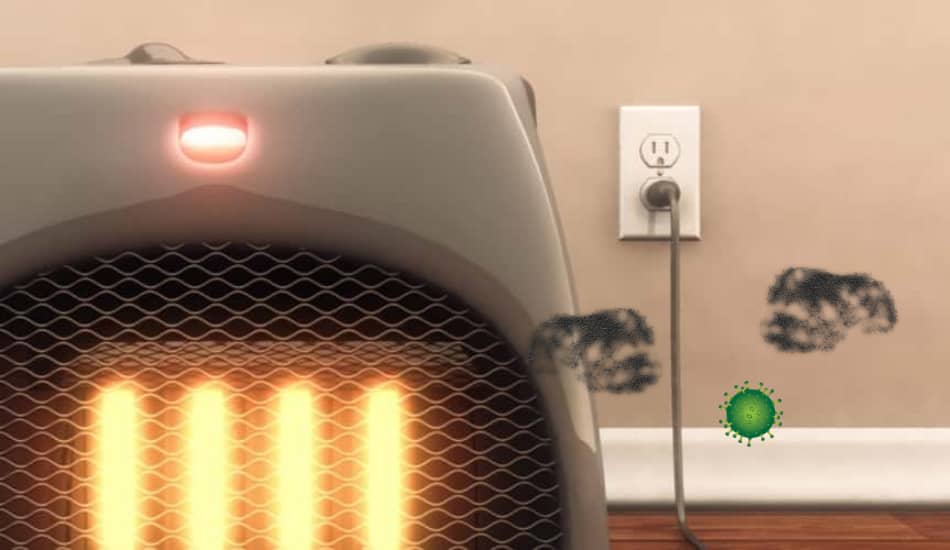
Today, mold can be present anywhere. If you ever had issues with mold in your home but did not want to treat it with toxic chemicals, in this article we’ll present you the most effective methods that should not harm your health. Getting rid of mold can be easy with just a little bit of temperature change. Therefore, if you want to learn more, keep reading this article.
Table of Contents
How to Kill Mold With Temperature?
So How To Kill Mold With Temperature? According to studies, most mold, including yeasts grows and thrives in hot temperatures, while the extreme heat over 140-160°F (60-71°C) can kill mold. Sometimes, this may be harder because some molds produce heat-resistant spores that can survive at high temperatures but also need oxygen for growth.
What Causes Mold Growth?
There are a few reasons why mold appears in homes and it is important to understand the cause before trying to remove it. Here are some of them:
- Food Source – The source of food is, for the mold, very easy to find. They can feed on regular human food but also on different materials, such as paper, wood, or drywall.
- Moisture – Our homes are most of the time the sources of humidity, especially the bathrooms. Showers, bathroom leaks, laundry, and even a wet basement are ideal living spaces for the mold. Water helps it to feed and grow and therefore expand enormously. A humid climate helps the mold even more because everything above 75% of humidity is helpful.
- Oxygen – Even though a lot of mold types do not need too much oxygen to survive, it is still obligatory for them. Like every living creature, mold expands and reproduces with the help of oxygen.
- Temperature – The reason why you can find mold in your home is that it needs a similar temperature as humans. With a high temperature of 120° Fahrenheit (48° Celsius) max and a low temperature of 70° Fahrenheit (20° Celsius) min, it will be easy for the mold to survive, especially because this warm environment absorbs moisture greatly.
How Effective Is Killing Mold With Heat?
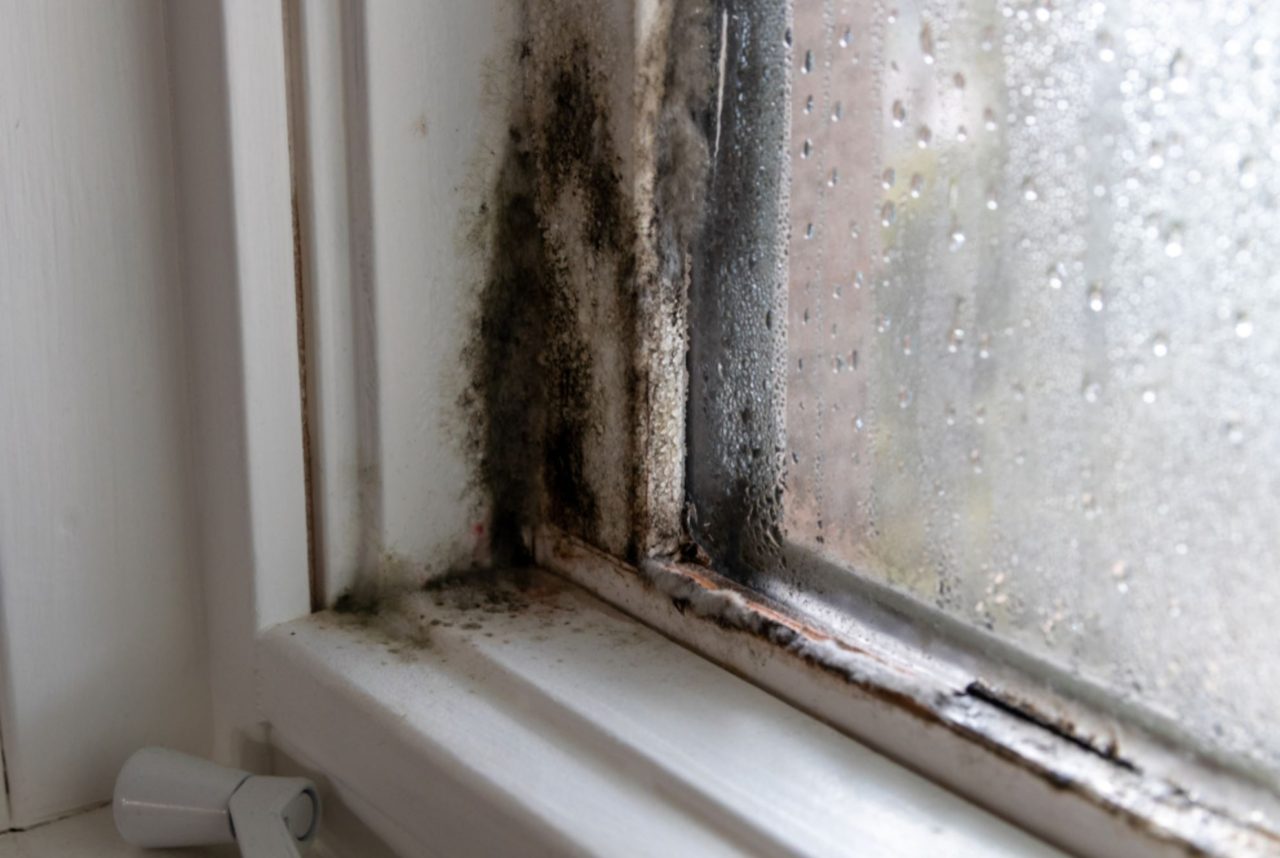
Extreme heat over 140 degrees Fahrenheit (60 degrees Celsius) will in most cases kill mold within the food and on most building materials. The heat method for killing mold can sometimes not be as trustworthy as other ones. There are some types of mold that resist high temperatures, making this method difficult to perform.
Therefore, you should investigate if the strain is resistant to heat, and if it is not, you are good to go with this method. If you want to be sure, maybe the best method for you will be the treatment of the mold with a fungicide (bleach, white vinegar, etc.). If you choose the heat method, it will be effective as well but maybe not so practical for every type of mold.
Using Heat to Kill Mold
The heat method is the right choice for you to avoid unnatural chemicals that will leave a terrible smell in your home that may not be good for your health. We will explain a few ways of killing mold with high temperatures that usually work effectively:
- Dryer
If you have mold on a small piece of fabric or maybe on a children’s toy, a dryer method will be enough for you to get rid of mold. First, you need to check if your moldy fabric can tolerate the highest heat setting on a dryer. After checking, you should put it in a dryer for 20 to 25 minutes and wash it with a disinfecting detergent afterward. This will help you get rid of the small pieces of mold.
- Oven
Another device that is capable of killing mold is your oven. You need to set it to low or medium heat and place moldy things, such as glass, metal, or wood, on a tray. Keep them inside for 20 minutes for the best results.
- Heaters and Hair Dryers
If you discover mold on your walls, it can be harder to get rid of it with the heating method. For large surfaces, your heating system or a portable heater can be helpful.
Using the central heating system, you can reduce the relative humidity inside the house and make it harder for the mold to survive. If you want to get rid of the mold in a specific place, you need to use a portable heater. Set this heater on the highest setting and start drying the mold in a targeted place. After this, you will be able to clean it off easily.
You can also watch this great YouTube video to see how this is done:
Related Article: What To Do If TV Catches Fire?
How to Remove Mold With Cold
Same as every living creature, mold does not like the extreme cold. Even though very high temperatures can kill some types of mold, low temperatures stop mold from growing and reproducing. The cold puts the mold to sleep. If you want to get rid of it, you need to clean and disinfect every moldy object or surface to prevent it from growing again when the temperature is higher.
The first thing that maybe comes to your mind when talking about the cold is the freezer. You can put things covered in mold in the freezer, following these steps:
- Since mold sometimes causes allergic reactions, you should always wear a mask and gloves when dealing with moldy things.
- The wind can help with reducing the growth of the spores so you should place the moldy things outside for some time before putting them in a freezer.
- Set the freezer to a temperature a bit below zero and put the moldy things, that are sealed in a plastic bag, inside. Keep them inside the freezer for at least one day.
- Using white vinegar or hydrogen peroxide, disinfect the things that were in a freezer and leave the solution on for 15 to 20 minutes. Make sure that you scrub all the mold away for killing it completely.
Note: You should use all these safety precautions when performing the heat method.
Can Mold Grow in Cold Temperatures?
Mold can grow in cold temperatures. What is important for mold growth, besides the temperature, is moisture and enough food source. Many people think that only higher temperatures are a great fit for the mold, but that does not have to be the case with every existent type.
Every mold type is different, and some molds can grow in the winter months also. This frame consists of the lowest and the highest temperature that this mold can survive. What is not good for us is that mold tends to like the same temperature like humans. When we cool or heat the room, we provide the best conditions for mold growth. This is usually between 60 and 80 degrees Fahrenheit.
Easy Ways to Prevent or Control Mold Growth
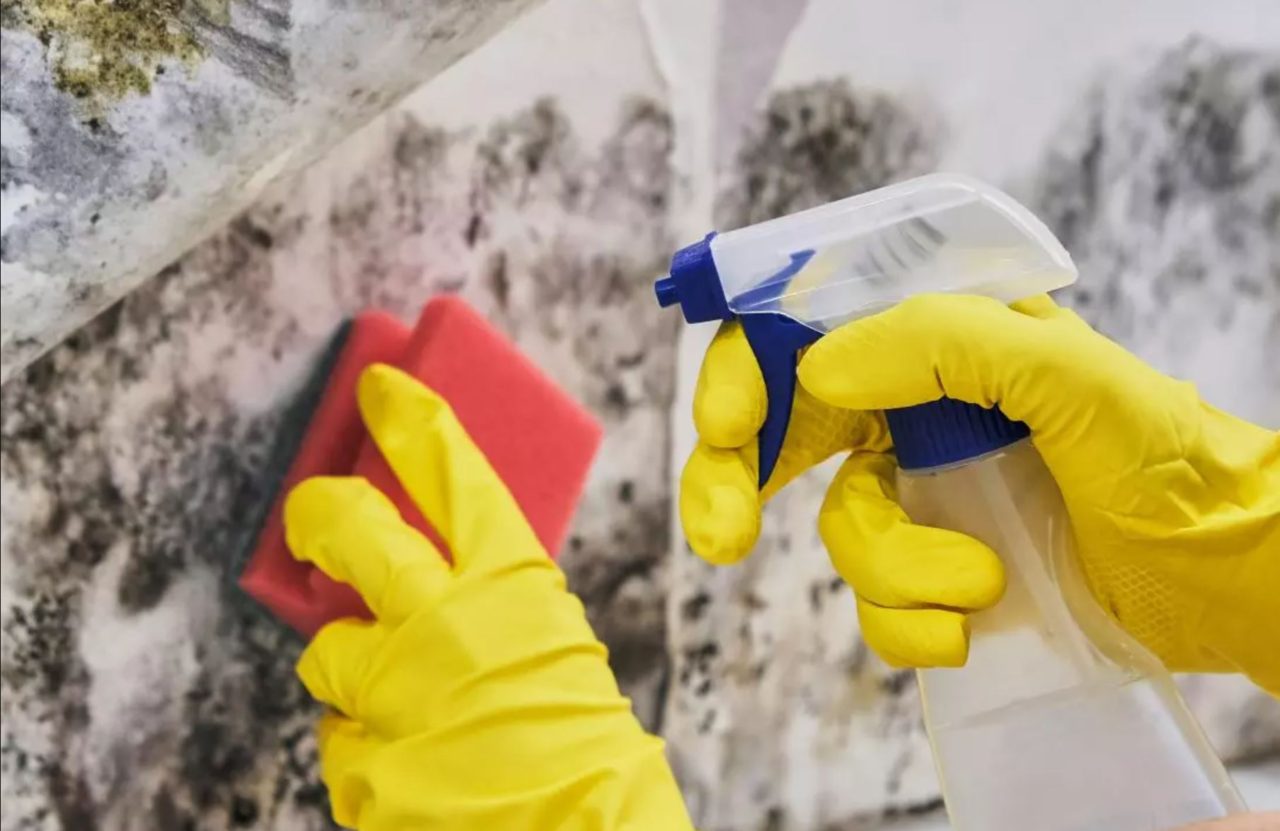
What is easier than killing the mold is, for sure, preventing it from appearing in the first place. Here are a few easy ways to prevent or even control the growth of mold:
- Dehumidifier – If you have some places in the home that are always wet, like the laundry room, you should consider buying a dehumidifier for keeping the low humidity and killing the mold in the air.
- Dry Wet Objects and Areas – You should always dry the wet things in your home. Those wet things can be the wet kitchen tile or the floor on which you spilled the tea. The leaks can also be dangerous so you should check for them from time to time.
- Letting sunlight and fresh air inside – Ventilation and dry surface will always keep the mold from growing. It would help if you opened your windows more for better air circulation.
- Mold-preventing Paint – What can protect your floors or walls from mold is mold-preventing additives. You can add them to the paint before painting the house.
- Vapor Barrier in Basements – There should be a vapor barrier over the concrete if you have a carpet in your basement. There should also be a subfloor beneath the carpet.
- Ventilation – Ventilating the house often helps prevent the mold stuck in the air and from appearing and growing. Air circulation is really important.
Heat Does Not Get Rid of Mold
Dead mold can also affect humans. Since the heat kills the mold and does not necessarily get rid of it completely, you should keep an eye on the infected surfaces or objects in your home. When you dry the materials damaged by the water with heat, you also dry the mold spores. They are dead when they are dry, but they can easily move inside the air and through your whole house.
It is recommended to always remove the materials in your home that was damaged by the mold. Some people say that dead mold can not affect your health, but it is always better to prevent it from happening in the first place.
Using Heat to Kill Mold Vs. Using a Fungicide
The heat method is always recommended before the fungicide method because it does not contain chemicals. Both ways are effective and can even be used in combination to fight the mold. Even though they can be helpful, it is recommended to remove the materials that were infected by the mold to prevent future damage.
For those who want to learn more, you can read; Plumbing Vent Diagram: How to Properly Vent Your Pipes.
FAQ: People Also Ask
How Long Does It Take To Kill Mold With Heat?
It takes around 20 to 25 minutes for the heat to kill mold. Since the mold will not die if it is just exposed to the heat for a few minutes, you should consider leaving it in the heat for at least 20-25 minutes for the best results. If you leave it too short, some of the molds can still survive and continue to grow.
What Temperature Is Too Cold For Mold?
Every type of mold has an ideal temperature frame for reproducing and growth. Most types develop well in temperatures from 60 to 80 degrees Fahrenheit.
What Cooking Temperature Kills Mold?
Molds develop well in high-acid foods (jams, fruit, pickles, etc.) but they are easily destroyed when processed by heat. The best temperature for killing the mold with cooking is 212°F (212°C).
Final Thoughts
To ensure that you successfully killed the mold, you should use the heat methods before scrubbing off the mold. The high heat over 140 degrees Fahrenheit (60 degrees Celsius) can affect mold growth and reproduction. It can be easier for some objects to perform the cold method since it can put the mold to sleep, making it easier for you to remove it. Even though these methods can easily kill the mold, they do not always get rid of it entirely, so you should consider removing the infected materials and try to prevent mold growth and appearance in the first place.


